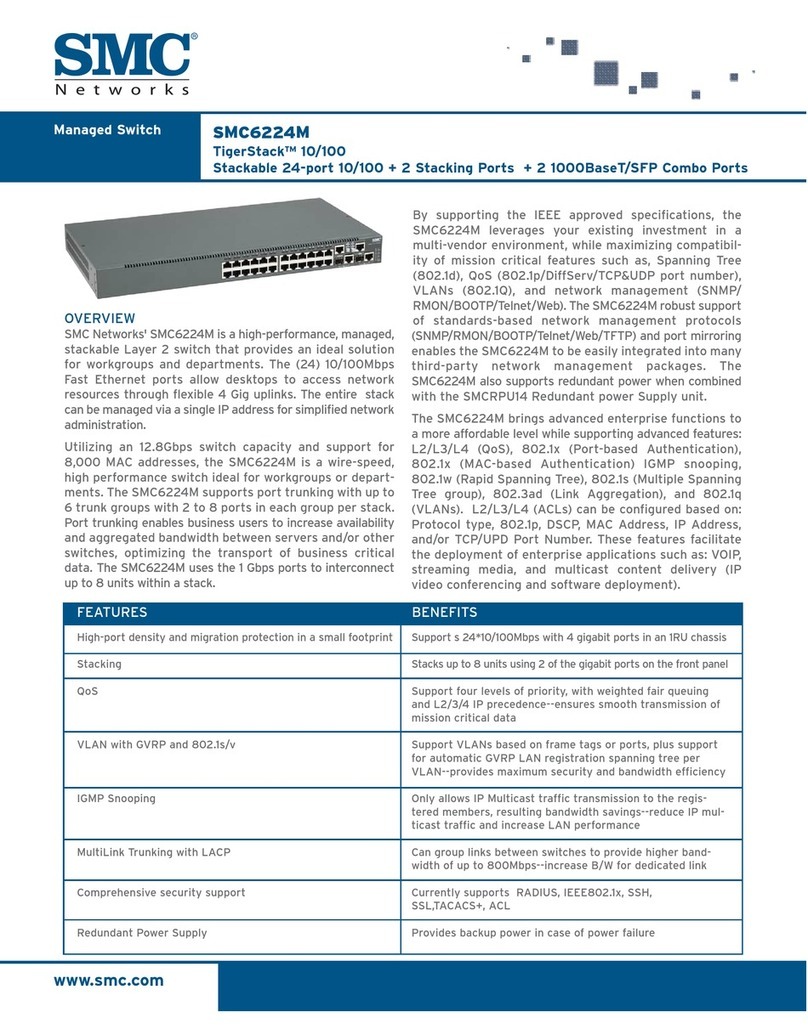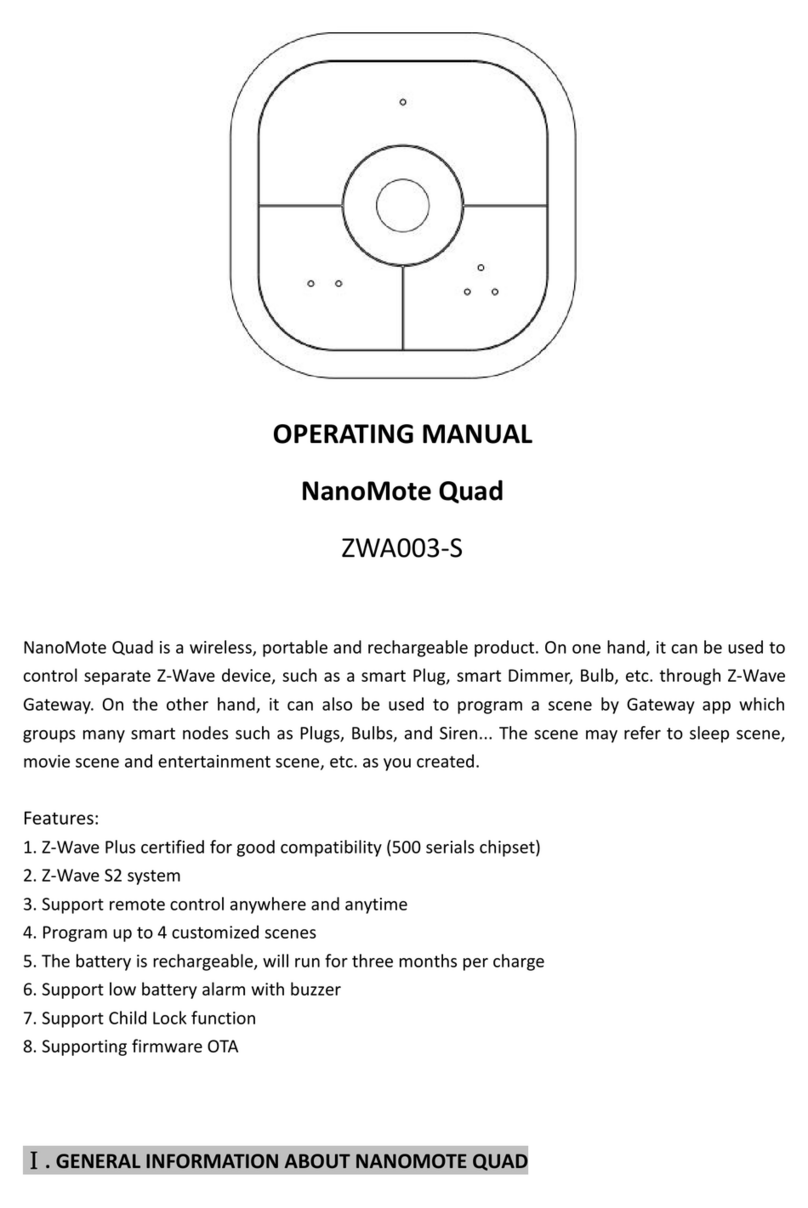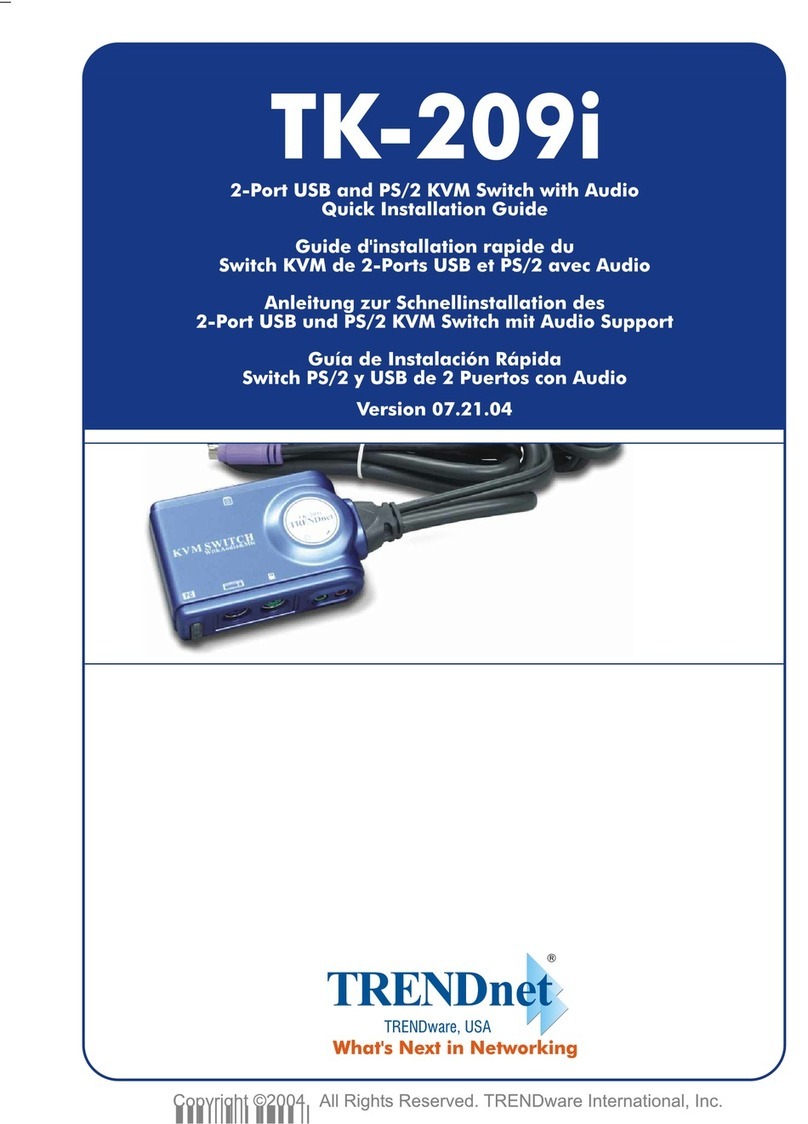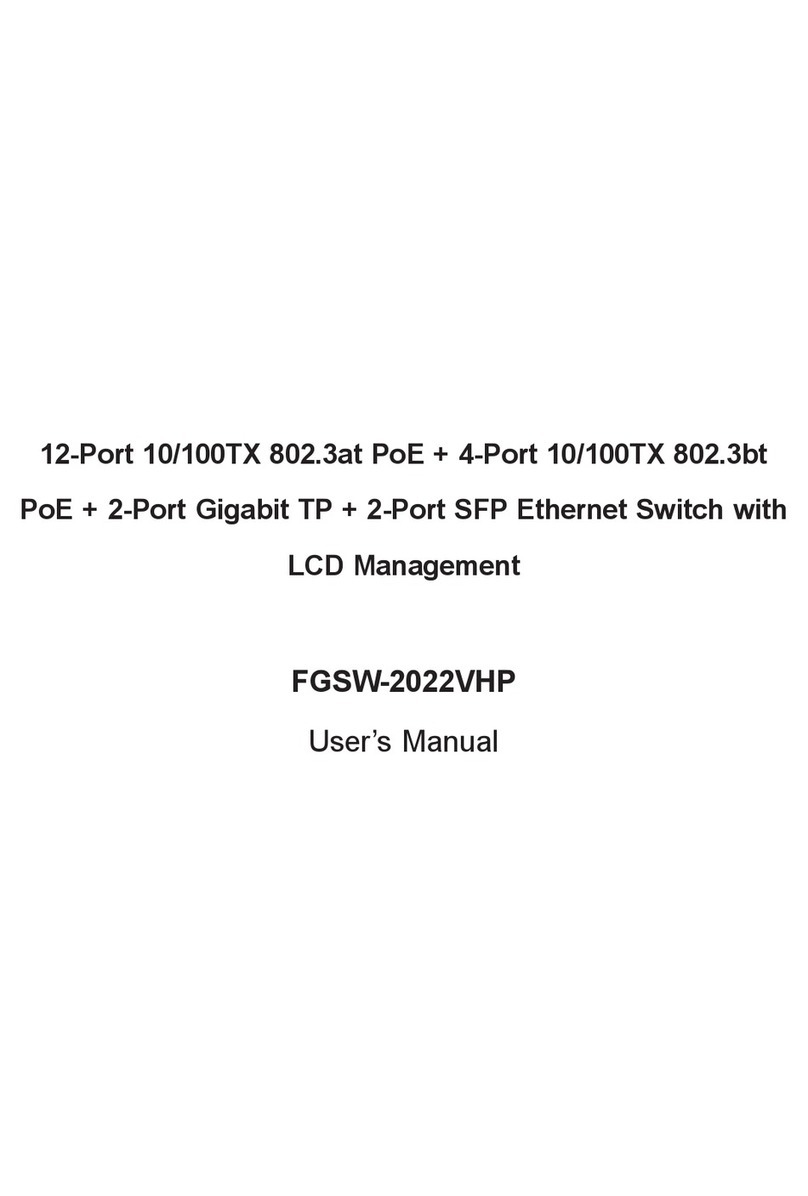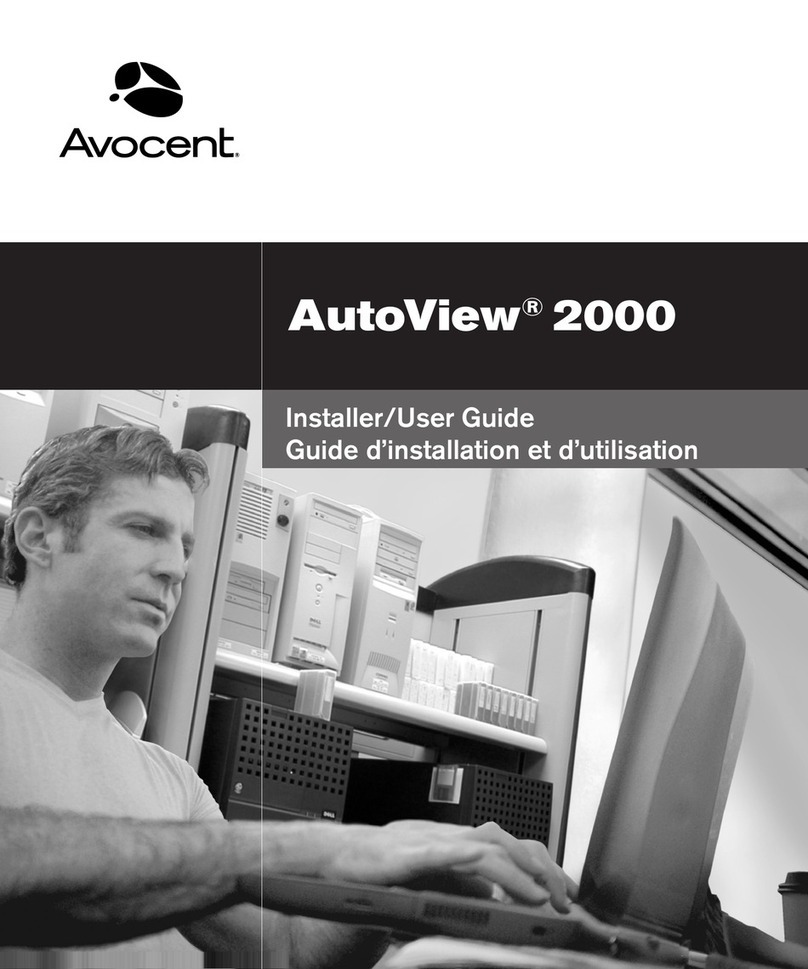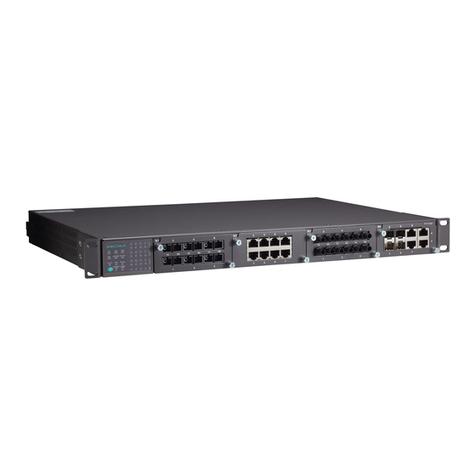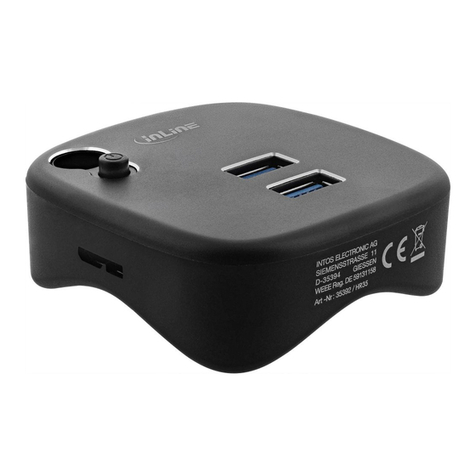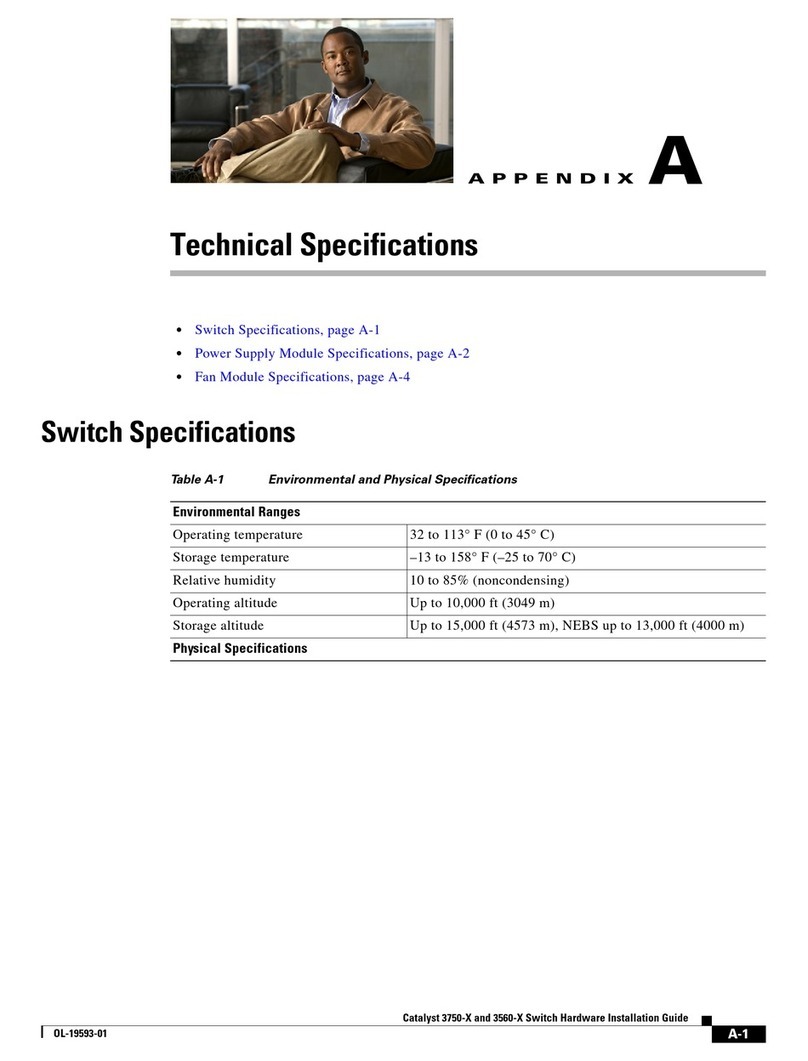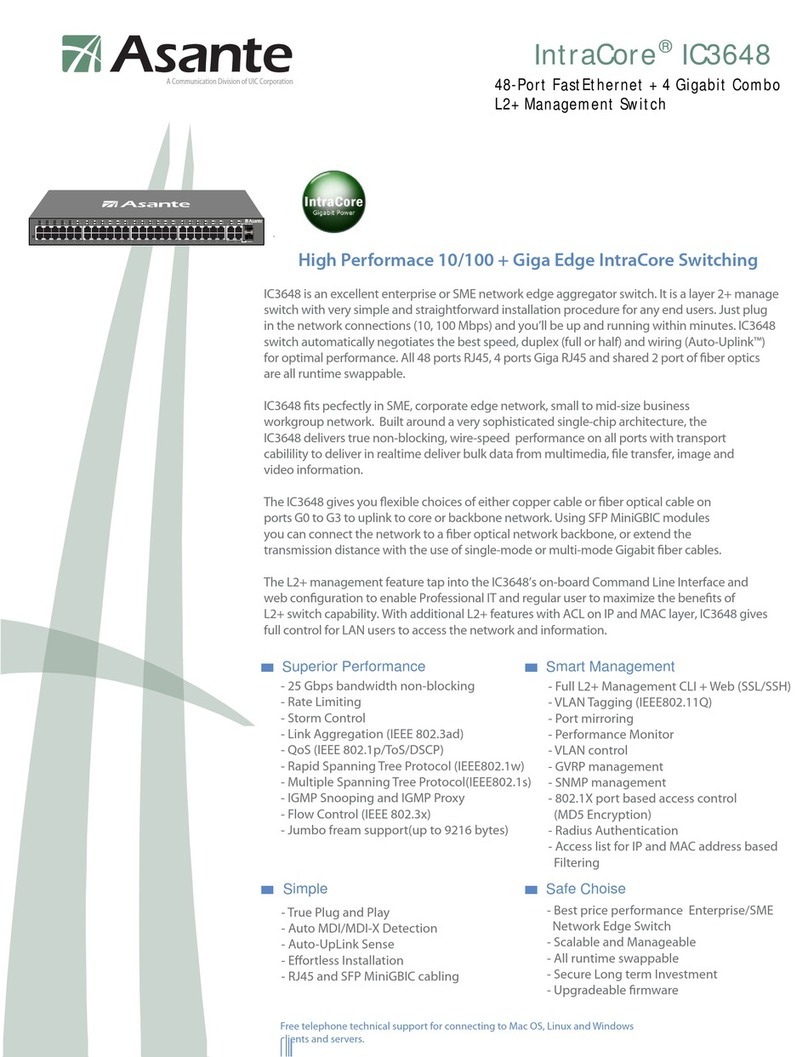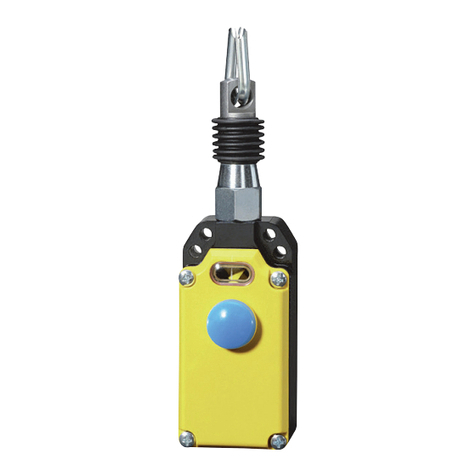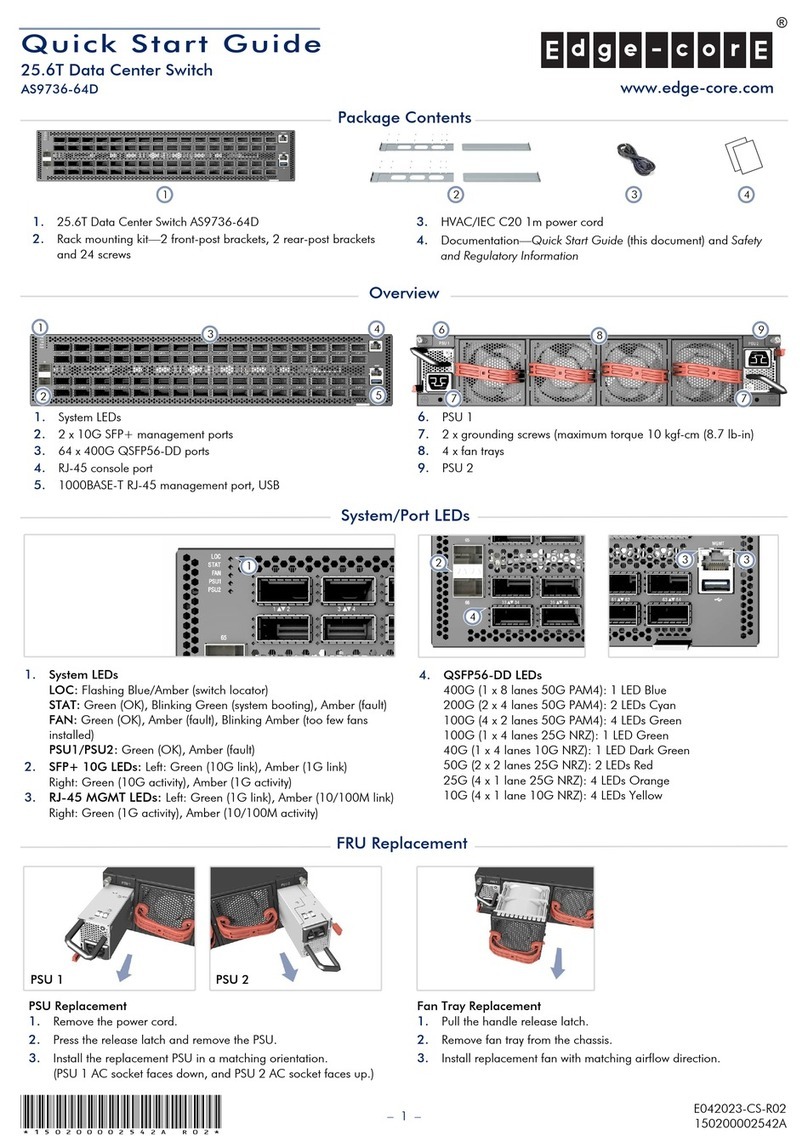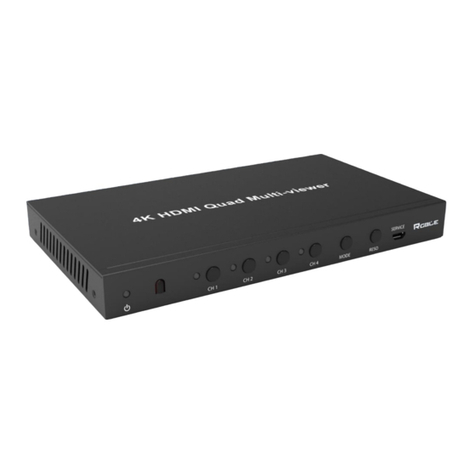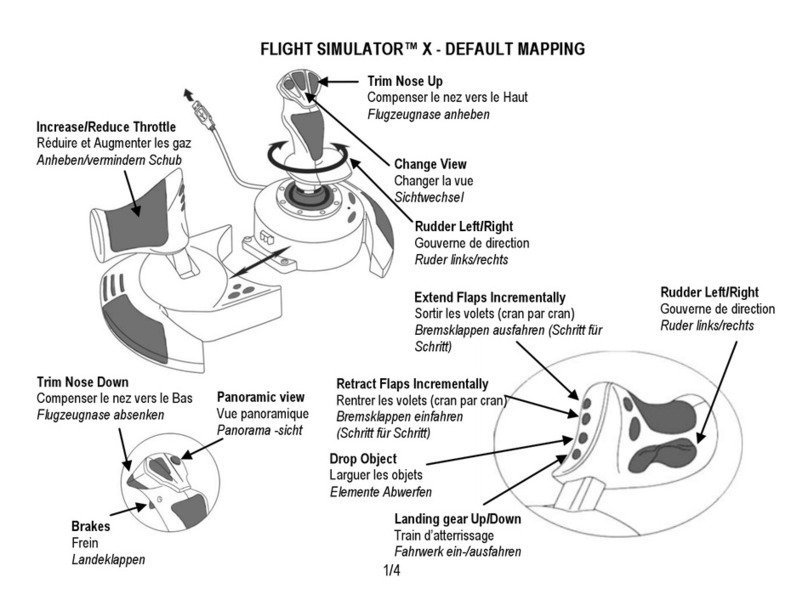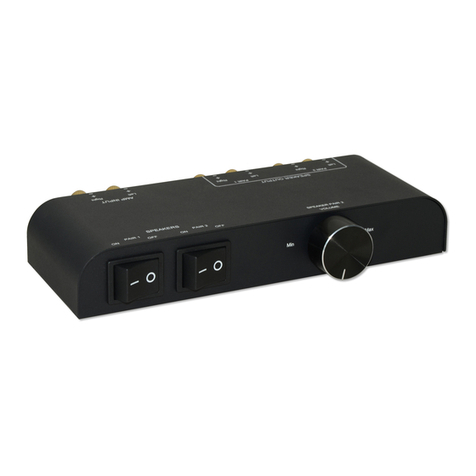
2
2.1 HIGH LEVEL OPERATION
(NORMALLY OPEN)
As the liquid level rises and begins to
cover the displacer assembly, the
buoyancy in the liquid reduces the
counterclockwise rotational force on the
cone. At some point, the spring will
exert a greater clockwise rotational force
and cause the cone to push the valve
stem downward, and act on the push rod
and 3-way valve. This allows the
pressure present at the outlet to vent
through the weep holes in the valve
body while blocking the inlet pressure.
2.2 LOW LEVEL OPERATION
(NORMALLY CLOSED)
As the liquid level falls and begins to
uncover the displacer assembly, its
buoyancy in the liquid increases the
counterclockwise rotational force on the
cone. At some point, the displacer will
exert a greater clockwise rotational force
and cause the cone to push the valve
stem upward, and act on the push rod
and 3-way valve. This allows the
pressure present at the outlet to vent
through the weep holes in the valve
body while blocking the inlet pressure.
NOTE: THE VALVE CAN BE USED
WITH OPPOSITE FUNCTION IF
ROTATED 180 DEG.
3.0 INSTALLATION
3.1 EXTERNAL CAGE TO VESSEL
It is suggested that the level switch be
installed in an external cage for
maintenance and testing purposes. One
recommended piping system for
mounting an external cage to a vessel is
shown in Figure 1. The valves above
and below the cage are required for
testing and maintenance purposes.
If a cage with butt weld connections is
used, the level switch should be
removed from the cage before welding.
This will prevent weld sparks from
damaging the displacer assembly.
Remove the switch from the cage as per
instructions in Paragraphs 5.2.1
through 5.2.2 of the FULL
DISASSEMBLY section of this manual.
After welding, install the level switch as
per instructions in Section 3.2,
INSTALLING LEVEL SWITCH IN
CAGE.
If the cage has threaded or flanged
process connections, the level switch
does not have to be removed before
mounting the switch to the vessel. Cages
with 1” NPT process connections may
be installed on the vessel with 1”, ¾”
or ½” O.D. piping.
CAUTION: Be sure the pressure
rating of all valves, pipe and pipe
fittings meets or exceeds the working
pressure of the vessel on which they
are to be installed. Adequate support
for long pipe runs should be provided
to prevent excessive vibrations of the
level switch.
It is recommended that external cages be
installed with the process connections as
close to vertical and the cage length as
close to horizontal as possible. This will
insure the proper liquid flow into and
out of the cage.
3.2 LEVEL SWITCH INSTALLATION
Before installing a level switch into an
external cage or mating flange, verify
that level switch is set up or the
operation required (i.e., high or low
liquid level detection). See Section 4.0,
CHANGING MODE OF OPERATION
and Figure 5. NOTE: When direct
mounting a level switch to a tank or
vessel, verify that the end displacer
assembly will be at least ½” (13mm)
